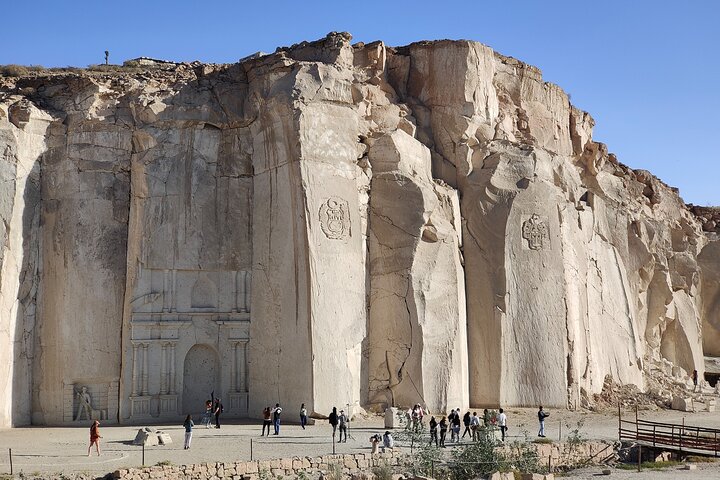
Nestled in the heart of Peru, Arequipa is a city that effortlessly blends history, culture, and natural beauty. Known as the ‘White City’ due to its stunning colonial architecture made from white volcanic stone, Arequipa offers a unique charm that captivates every visitor. One of the must-visit spots is the Santa Catalina Monastery, a sprawling convent that feels like a city within a city Santa Catalina Monastery. For those who love culinary adventures, the local food scene is a delight. You can dive into the rich flavors of Peruvian cuisine with a food tour, sampling traditional dishes and learning about their cultural significance. Nature enthusiasts will be thrilled by the breathtaking landscapes surrounding the city. A visit to the Colca Canyon, one of the world’s deepest canyons, offers stunning views and the chance to witness the majestic flight of the Andean condor Colca Canyon. For a more adrenaline-pumping experience, try rafting on the Chili River, which provides both excitement and a unique perspective of the region’s natural beauty rafting adventure. History buffs will appreciate a tour of the Andean Sanctuaries Museum, where you can learn about the Incan history and see the famous Juanita Mummy Incan history tour. Whether you’re exploring the historic center on a city tour or embarking on a mountain biking adventure down the slopes of Chachani Volcano mountain biking, Arequipa promises an unforgettable experience that caters to all types of travelers.
Nestled in the heart of Peru, Arequipa is a city that effortlessly blends history, culture, and natural beauty. Known as the ‘White City’ due to its stunning colonial architecture made from white volcanic stone, Arequipa offers a unique charm that captivates every visitor. One of the must-visit spots is the Santa Catalina Monastery, a sprawling convent that feels like a city within a city Santa Catalina Monastery. For those who love culinary adventures, the local food scene is a delight. You can dive into the rich flavors of Peruvian cuisine with a food tour, sampling traditional dishes and learning about their cultural significance. Nature enthusiasts will be thrilled by the breathtaking landscapes surrounding the city. A visit to the Colca Canyon, one of the world’s deepest canyons, offers stunning views and the chance to witness the majestic flight of the Andean condor Colca Canyon. For a more adrenaline-pumping experience, try rafting on the Chili River, which provides both excitement and a unique perspective of the region’s natural beauty rafting adventure. History buffs will appreciate a tour of the Andean Sanctuaries Museum, where you can learn about the Incan history and see the famous Juanita Mummy Incan history tour. Whether you’re exploring the historic center on a city tour or embarking on a mountain biking adventure down the slopes of Chachani Volcano mountain biking, Arequipa promises an unforgettable experience that caters to all types of travelers.




















